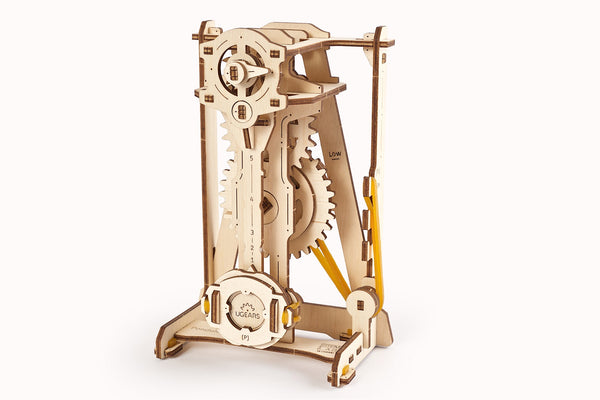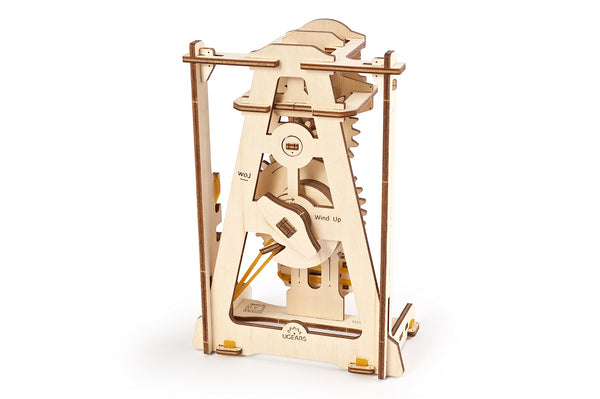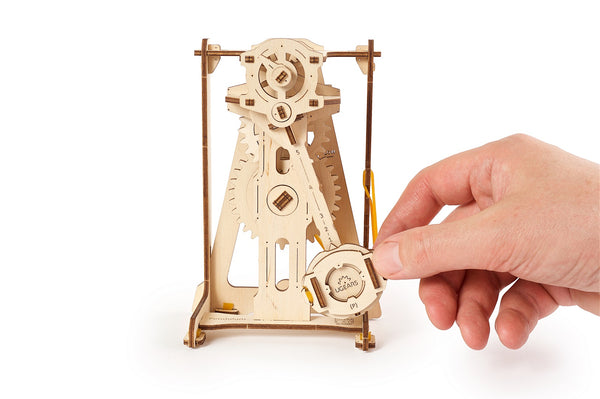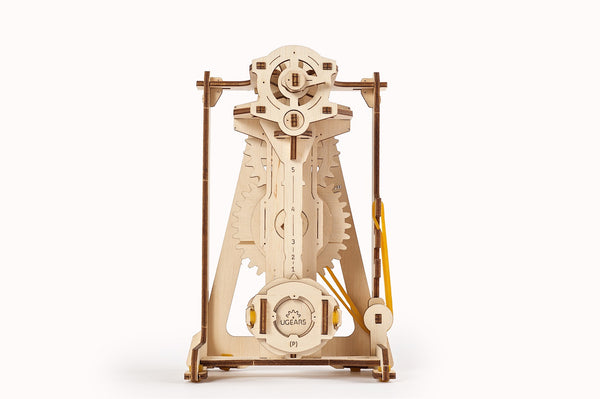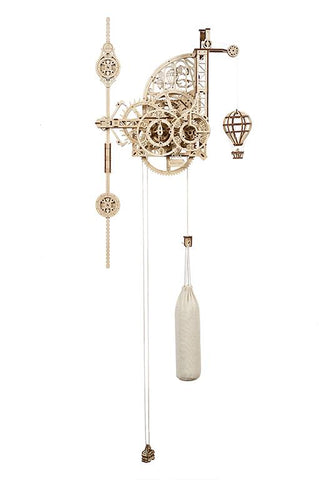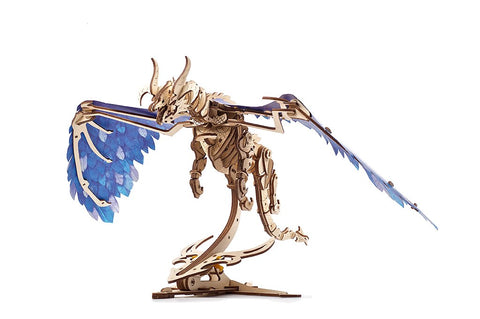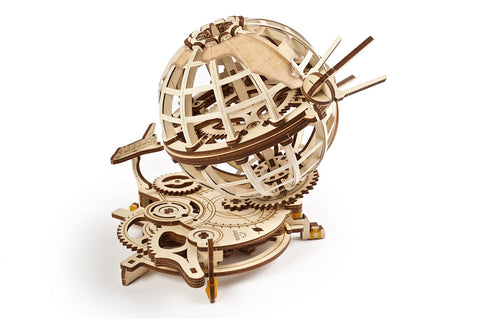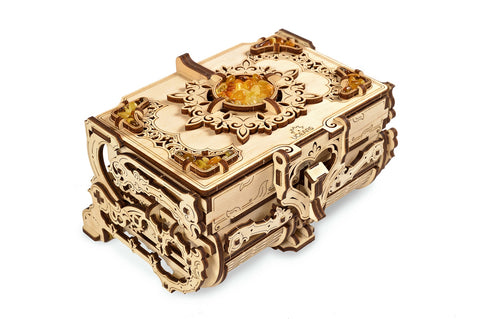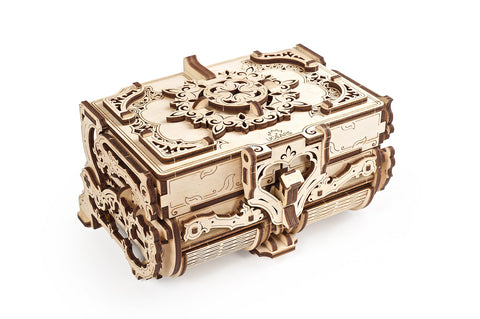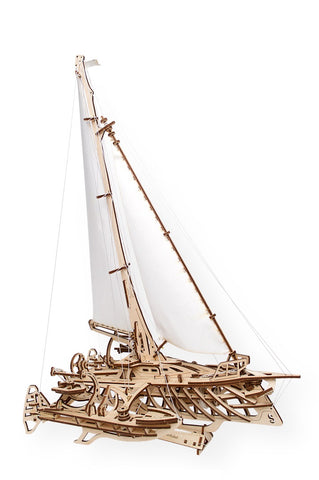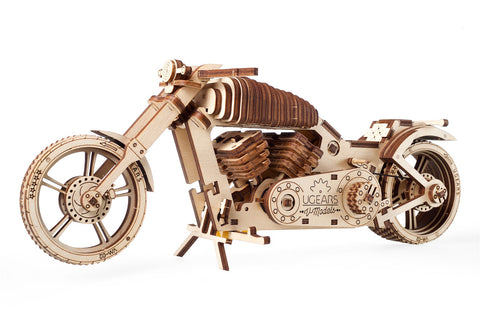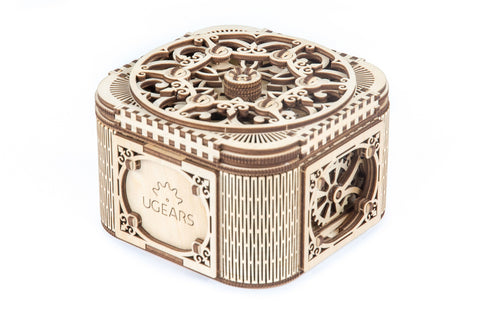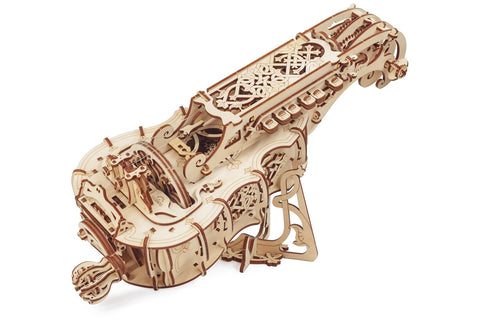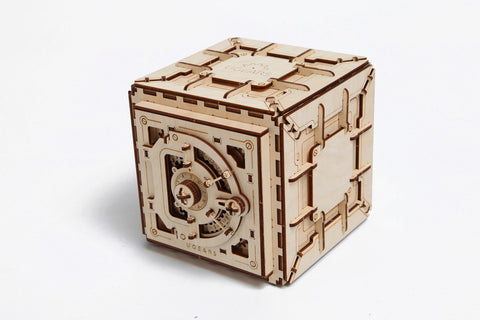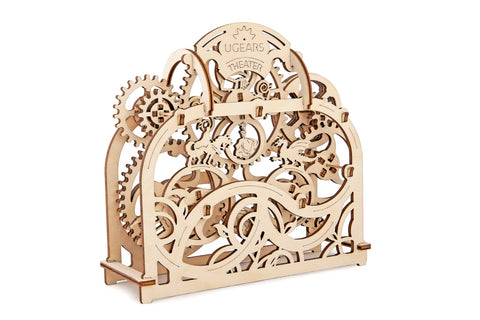UGears STEM LAB Pendulum
Whether you have questions on assembly, a wooden model kit comes with missing parts or a 3D puzzle is simply not what you expected, we encourage you to reach out to our support team for help. While we do address as many questions and concerns as possible in our FAQ section, assembly videos and PDF instruction manuals, we understand that not all issues are cookie cutter. To ensure you receive swift assistance, we provide our telephone number, an email address and a contact form on our contact page.
- Frequently Asked Questions
- PDF Instructions for Model Assembly
- Information about Part Replacement
- Assembly Videos
- Price Match Policy
- Contact Us
Commitment to Excellence
At UGears, we strive to deliver superior customer service & support at every touchpoint. From equipping each product page with a detailed product description to implementing a loyalty program for our most devoted customers, we are always striving to improve the customer experience. If you have suggestions for our mechanical gears collection, or if you run across a problem we did not catch, we want to hear about it. Your input will only help us to continue to improve.
